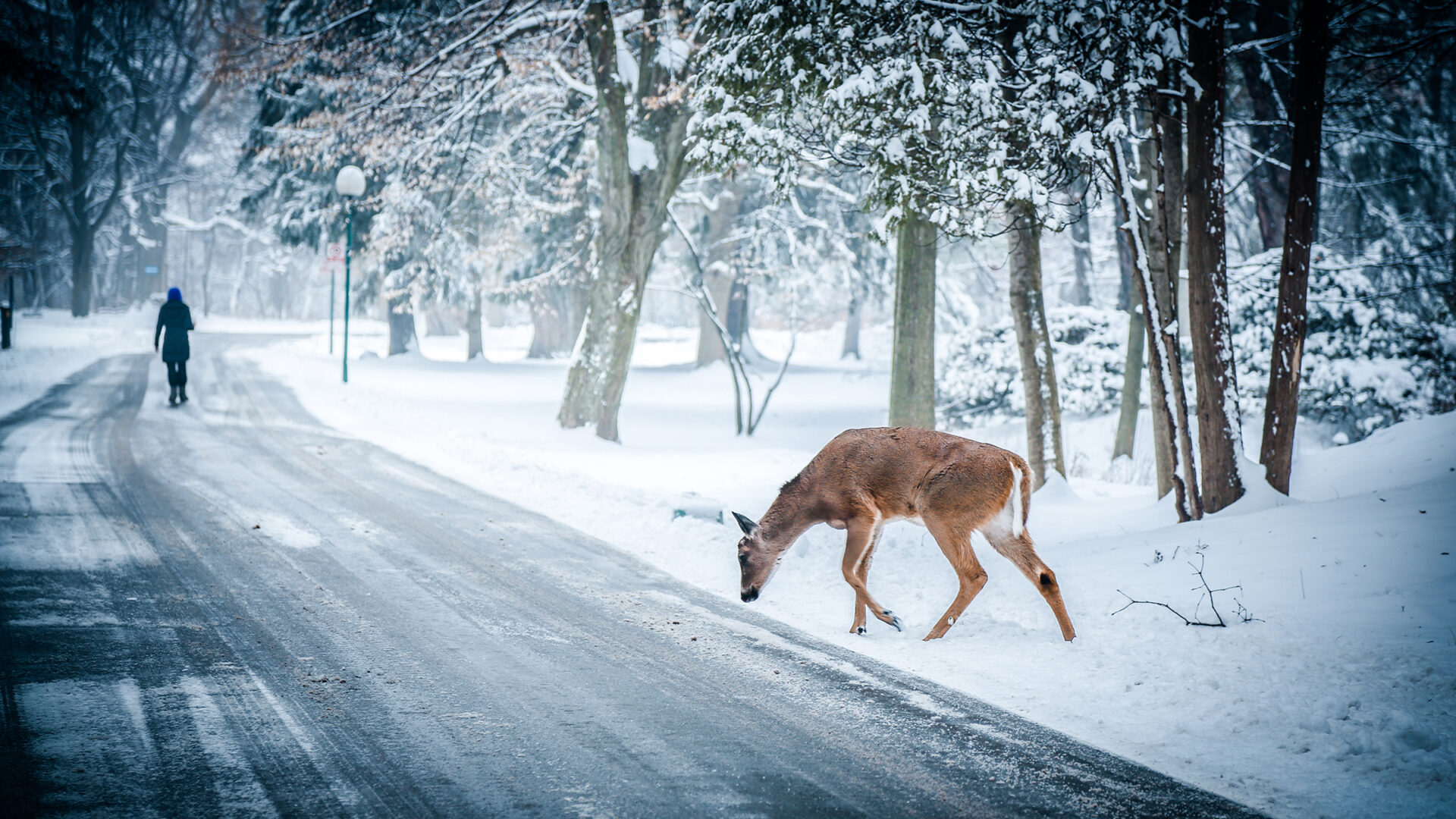
The orientation of the high pressure blocking patterns still allowed mild westerly wind flows to predominate over northern and western half of Europe during the winter, with Spain, western France, the UK and Scandinavia having a milder than normal winter (temperatures 1-3C above normal). In contrast, the SE quarter of Europe had a cold winter (temperatures 1-3C below normal), with the most sustained and severe cold outbreaks in January. Germany and the eastern half of France averaged slightly below normal across the winter, in part due to some chilly nights under the high pressure areas. Both December and February saw widespread mild anomalies over Europe, with cold anomalies confined to just the very far south-east. However, through January, monthly averaged temperatures were more than 3C below the 1981-2010 average in a broad swathe between eastern France, central and southern Germany and across the Balkans, as high pressure was often located over the UK, allowing several very cold outbreaks from the north-east across central Europe.
Wind speeds averaged below normal over the southern half of the UK, France, Germany and northern Spain through the winter. Wind averaged slightly above normal over northern Scotland, Norway, Italy and Romania. Italy saw its best wind production in January, while Spain, France and Germany were windiest in February after rather poor production prior to this, especially over France in December and Germany in January.
The 2016-17 winter North Atlantic Oscillation (NAO) index, a measure of the strength of the westerliness across the north-east Atlantic and north-west Europe, averaged moderately positive during winter 2016-17 (+0.65). It was the 4th consecutive winter with an average positive NAO index. The last winter to see a significant negative NAO index was 2010-11. However, the key difference to the last 3 winters, was that despite the mild westerly flows in the north of Europe, high pressure was very extensive over France and Germany and this often prevented mild, wet and windy weather, normally associated with an NAO positive index, from extending down into these areas.
Winter 1992-93 was the last time we saw a winter with a similar synoptic pattern and temperature, wind and precipitation anomaly distribution over Europe.
Large areas of high pressure frequently resided across central and western parts of Europe, during winter 2016-17. These anticyclones blocked the eastwards progress of Atlantic low pressure areas into Central Europe for much of the winter and led to widespread dry conditions. The greatest dry anomalies were found across France, Central Europe, the Alps and southern Scandinavia. It was one of the driest winters in the last 65 years here, with many rivers and reservoirs at record low levels. However, by late February (and into March), wetter conditions started to extend south-eastwards here, with heavy snow over the Alps. Only SE Spain and NW Scandinavia experienced a wetter than normal winter.
The orientation of the high pressure blocking patterns still allowed mild westerly wind flows to predominate over northern and western half of Europe during the winter, with Spain, western France, the UK and Scandinavia having a milder than normal winter (temperatures 1-3C above normal). In contrast, the SE quarter of Europe had a cold winter (temperatures 1-3C below normal), with the most sustained and severe cold outbreaks in January. Germany and the eastern half of France averaged slightly below normal across the winter, in part due to some chilly nights under the high pressure areas. Both December and February saw widespread mild anomalies over Europe, with cold anomalies confined to just the very far south-east. However, through January, monthly averaged temperatures were more than 3C below the 1981-2010 average in a broad swathe between eastern France, central and southern Germany and across the Balkans, as high pressure was often located over the UK, allowing several very cold outbreaks from the north-east across central Europe.
Wind speeds averaged below normal over the southern half of the UK, France, Germany and northern Spain through the winter. Wind averaged slightly above normal over northern Scotland, Norway, Italy and Romania. Italy saw its best wind production in January, while Spain, France and Germany were windiest in February after rather poor production prior to this, especially over France in December and Germany in January.
The 2016-17 winter North Atlantic Oscillation (NAO) index, a measure of the strength of the westerliness across the north-east Atlantic and north-west Europe, averaged moderately positive during winter 2016-17 (+0.65). It was the 4th consecutive winter with an average positive NAO index. The last winter to see a significant negative NAO index was 2010-11. However, the key difference to the last 3 winters, was that despite the mild westerly flows in the north of Europe, high pressure was very extensive over France and Germany and this often prevented mild, wet and windy weather, normally associated with an NAO positive index, from extending down into these areas.
Winter 1992-93 was the last time we saw a winter with a similar synoptic pattern and temperature, wind and precipitation anomaly distribution over Europe.
Per ricevere quotidianamente i nostri aggiornamenti su energia e transizione ecologica, basta iscriversi alla nostra newsletter gratuita
e riproduzione totale o parziale in qualunque formato degli articoli presenti sul sito.

















